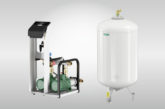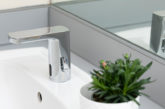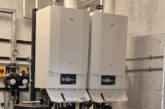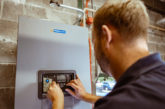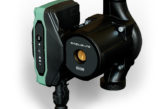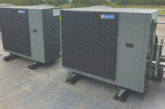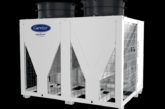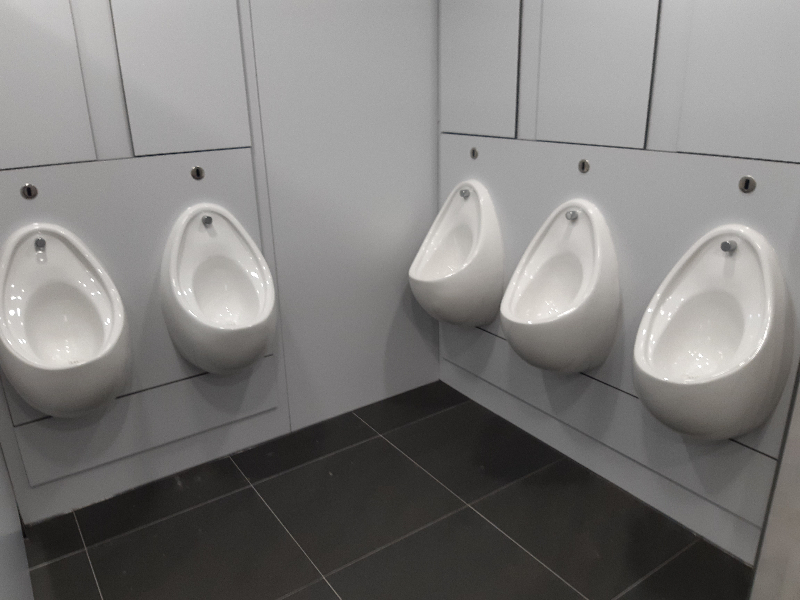
Uncontrolled urinals that flush intermittently remain prevalent in many commercial and public sector buildings – and could be wasting thousands of litres of water every day. David Meacock, Technical Director at Cistermiser, explains how modern flushing control valves can significantly improve water efficiency.
In commercial and public sector buildings, water is mainly used for toilets, urinals and washing. When organisations are striving to improve water efficiency within their buildings, water consumption can generally be reduced across all these areas through technology upgrades – and there is a particularly compelling case for updating urinal flushing controls.
Conventional, uncontrolled urinals flush periodically regardless of use, with flushing cycles set to match estimated usage patterns (and potentially continuing even when a building is unoccupied). This outdated flushing technique should no longer be implemented in either new or existing applications in accordance with the Water Supply (Water Fittings) Regulations 1999, which restrict the amount of water that flushing devices are permitted to use. However, intermittent flushing systems still remain in commercial and public sector buildings – which could be wasting thousands of litres of water a day.
Modern controls
Retrofitting modern control valves that more closely align flushing with actual urinal use can help minimise water wastage. Sensor-controlled mains-flushing valves offer the greatest water efficiency gains (while also eliminating the need for a cistern). With Cistermiser’s Direct Flush Discreet (DFD), which is designed for urinals that flush directly from the mains cold water supply, a flush is automatically activated only when a sensor detects an individual urinal bowl has been used (or when a hygiene flush is required, such as during periods of non-use).
Each DFD can save approximately 142,080 litres of water a year*, which is the equivalent of 89,000 cups of tea. Furthermore, a controlled trial commissioned by a leading hotel chain demonstrated that the DFD was capable of reducing water wastage by up to 84 per cent – results that helped Cistermiser secure a second water efficiency award from the Bathroom Manufacturers Association at its recent Sustainability Awards.
Infrared or hydraulic
In installations where a cistern is to be retained, upgrading to an infrared or hydraulic control valve can achieve a 75-80 per cent reduction in water use. With an infrared control valve, a measured volume of water is released into the cistern every time a sensor detects movement around the urinals. Once the water in the cistern reaches a set level, the urinals are automatically flushed. Hydraulic control valves operate in a similar way, but the cistern is filled when there are drops in water pressure, which indicates the washroom (and potentially a urinal) is in use. Again, flushing is activated when the water in the cistern reaches a set level.
By taking measures to prevent unnecessary urinal flushing, organisations will be helping to protect the UK’s precious water resources. This action will also help organisations to reduce their water bills. In addition, sensor-controlled mains-flushing valves, infrared control valves and hydraulic control valves are all cost-effective solutions; as an example, payback on Cistermiser products is typically achieved within six to 10 months*.
Plumbing installers working in the light commercial sector are frequently relied upon to recommend water efficiency measures to the managers of commercial and public sector buildings, as they potentially have the opportunity to identify areas for improvement when engaged in their everyday work. As well as benefitting the environment, providing water saving advice can add value to the service plumbers provide, enhancing their reputation.
Alongside recommending upgrades to uncontrolled urinal flushing systems, other water efficiency proposals could include replacing manually operated taps and showers with timed-flow or sensor-controlled alternatives, which (respectively) release water for a set amount of time or when an infrared sensor detects a user.
Modern taps and showers can also be fitted with flow regulators, which lower water use without having a noticeable impact on performance. In addition, rectifying leaking toilet flushing valves (a third of commercial washrooms have at least one ‘leaky loo’) can save up to 146,000 litres of water per toilet per year. Our EasyflushEVO siphonic flushing valve is designed to eradicate leaks and can be easily retrofitted or installed in new facilities.
Today, the volume of water used within commercial and public sector washrooms can be intelligently controlled – and outdated, uncontrolled urinals, which can waste astronomical amounts of water, should be quickly retired. Modern control valves ensure water consumption is kept to a minimum while still activating flushes when necessary – typically saving significant volumes of water without compromising on hygiene.
*Based on footfall of 15-20 people per hour, 260 days per year.


